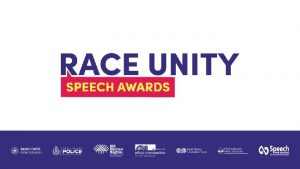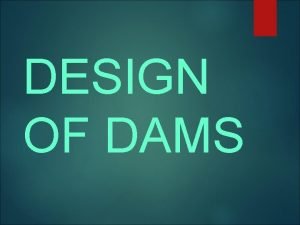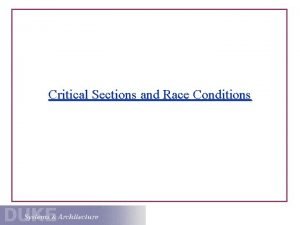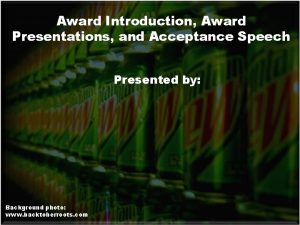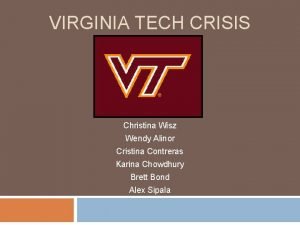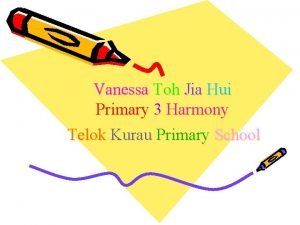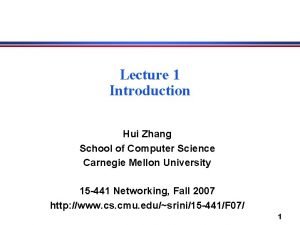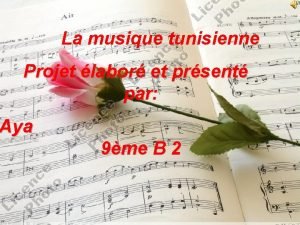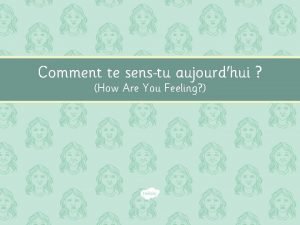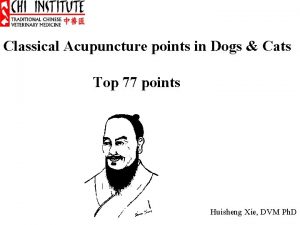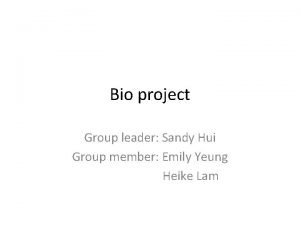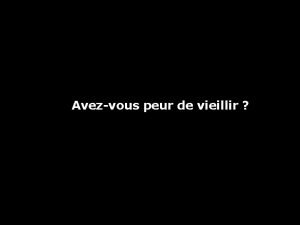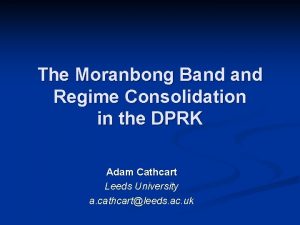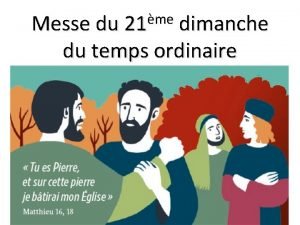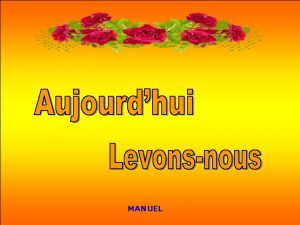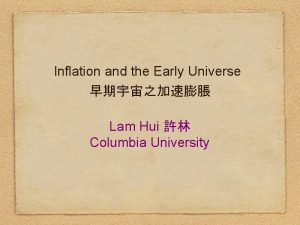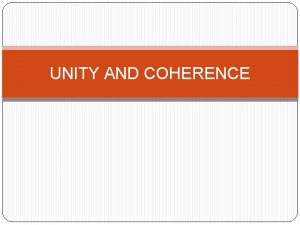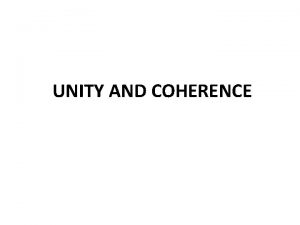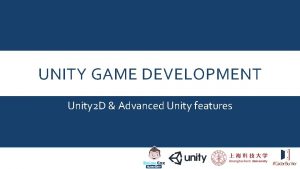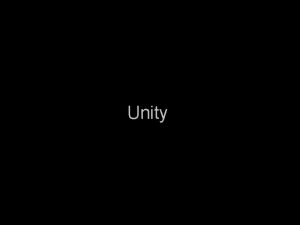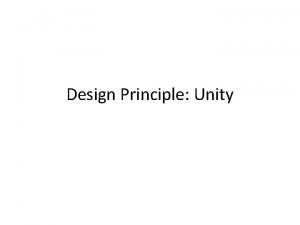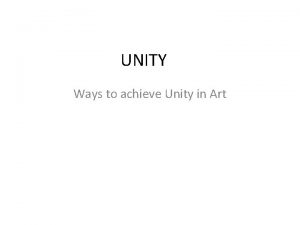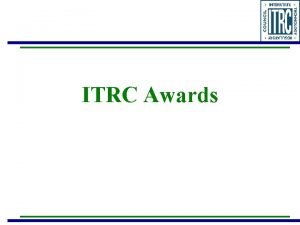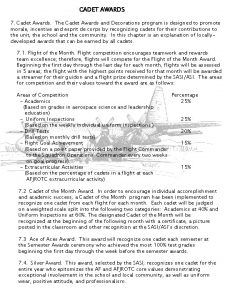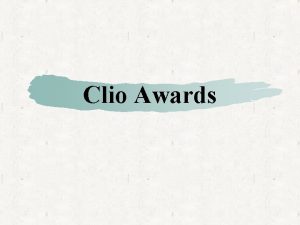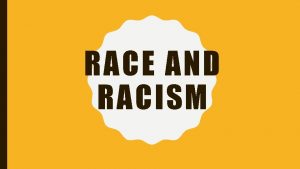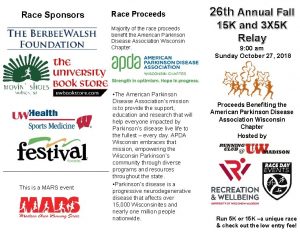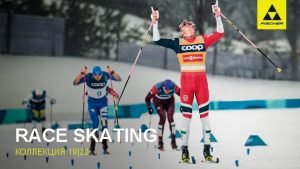The Race Unity Speech Awards and Hui are


















- Slides: 18


The Race Unity Speech Awards and Hui are held each year to empower young people advance the conversation about race relations in Aotearoa.

The Race Unity 2019 Theme is: “Speaking for Justice, Working For Unity”

‘Race’ ‘Justice’ ‘Unity’

‘Race’: What does it mean and why talk about it? ● Race has a meaning and history. It is used in society to identify people based on their appearance. There is no scientific basis to justify this, but the idea of race still shapes society today. ● ‘Race’ is about how people see us and categorise us. This is different to ethnicity, which is about what cultural or national groups we identify with. ● Your outward appearance can affect how people and institutions engage with you. ● Racism can be defined as prejudice or discrimination based on racial identity.

Two Forms of Racism: Institutional and Individual ● When we talk about racism, our first thought is often of individual racism: racism between individuals. Think of some examples of this. ● There is another important kind of racism to talk about: institutional racism. What do you think this might mean? ● Clarity about these two forms of racism help us to more clearly describe and take action on issues of race and racism.

Two Forms of Racism Individual Racism: Racebased prejudice, discrimination, intolerance or bias between people. Institutional Racism: Societal patterns that impose oppressive or negative conditions on groups on the basis of race or ethnicity. For example, oppression may come from the government, schools or the court.

Perspectives and Experiences of Racism in Aotearoa ● Click on the image below for a link to a range of personal stories about racism in New Zealand. ● In small groups, choose one each to read thoroughly. ● We will finish by sharing a summary of the story we read in small groups.

Speaking for Justice ● In pairs, draw what you think justice means. ● What common themes can we identify throughout our drawings? ● Let’s create a shared definition of justice: Justice is:

“I realised there are so many different ethnic groups with very different histories, but a shared history of otherness, unjust treatment and oppression. This open my eyes to the difference realities of people in NZ. ” “It’s simple but often overlooked that… to achieve justice we have to be conscious of the values and norms of those we are engaging with. ” ● The above quotes are from the Race Unity Hui 2018. What connections do they suggest between race and justice? ● What race-based or related injustices exist in New Zealand society? Consider both individual and institutional forms.

Working for Unity ● In pairs, draw what you think unity means or looks like. ● What common themes are there in our drawings?

“Unity and inclusiveness can sometimes mean ‘everyone needs to become more like me - become good kiwis. ’. ” “[Race] Unity would mean being free to embrace cultural and racial differences but not being forced to assimilate to a mainstream culture. ” “Understanding principles and cultural norms can make the process [creating unity] closer to home. It is hard to be on the same page, to achieve justice, if norms and assumptions are alien to the other party. It’s simple but often overlooked…” ● The above quotes are from the Race Unity Hui 2018. What are the two different ideas of ‘unity’ in the first quotes? ● What might it look like if we tried to create unity without justice, or justice without unity?

Race Unity Hui 2018: Youth Statement 1. Do any of the points in the youth statement stand out to you? 2. Are you unsure about any of the ideas or points made in the statement? Why? 3. What does the statement suggest about the relevance of ‘justice’ and ‘unity’? 4. Is racism a major issue in NZ? What more could be done about it? Link: Youth Statement on Race, Unity and Justice

Give Nothing to Racism: 2018 Human Rights Commission Campaign Racism starts small. Sometimes it lives in everyday actions and comments that we laugh off, nod in agreement to, excuse, and therefore accept. But we don’t have to. We can stop casual racism from growing into something more extreme. We can give it no encouragement. No respect. No place. No power. We can give it nothing. https: //givenothing. co. nz/

Race Unity 2019 - Speeches and Hui More and more New Zealanders are recognising that if we want a harmonious and unified Aotearoa, we all have speak out and work to address racial prejudice and injustice. But in a world that is becoming increasingly polarised, how do we make sure our efforts create real unity?

The Big Questions for Race Unity 2019 1. How can we give nothing to racism while also giving people a chance to overcome their own prejudice? 2. What sort of words and actions help bring people of different ethnicities and worldviews together? 3. Are there any responsibilities that come with the right to free speech? 4. What do our institutions (such as government, local councils and schools) need to do to bring about justice and fairness for people of all races? 5. What do we need to do as a community to become more unified and inclusive?

Drawing on Whakataukī You also need to incorporate at least one of the following quotations / whakataukī into your speech: a) The light of men is Justice. Quench it not with the contrary winds of oppression and tyranny. The purpose of justice is the appearance of unity among men. Baha’u’llah b) He aha te kai a te rangatira? He kōrero / What is the food of a chief? It is speech. He aha te tohu a te rangatira? He manaaki. / What is the sign of a chief? It is generosity. He aha te mahi a te rangatira? He whakatira te iwi / What is the work of a chief? To unite the people. c) A relevant quotation or proverb from your own faith or cultural tradition

 Race unity speech awards
Race unity speech awards Insidan region jh
Insidan region jh Difference between reaction turbine and impulse turbine
Difference between reaction turbine and impulse turbine Forebay design
Forebay design Data race vs race condition
Data race vs race condition Awards presentation speech
Awards presentation speech Seung-hui cho sister
Seung-hui cho sister Toh jia hui
Toh jia hui Hui zhao unlv
Hui zhao unlv Hui zhang cmu
Hui zhang cmu Musique tunisienne connue
Musique tunisienne connue Comment te sens tu ce matin
Comment te sens tu ce matin Ding chuan acupuncture point
Ding chuan acupuncture point Sandy hui
Sandy hui Photo gina lollobrigida aujourd'hui
Photo gina lollobrigida aujourd'hui Moranbong university
Moranbong university Christ aujourd'hui nous appelle
Christ aujourd'hui nous appelle Aujourd'hui levons nous
Aujourd'hui levons nous Lam hui
Lam hui
